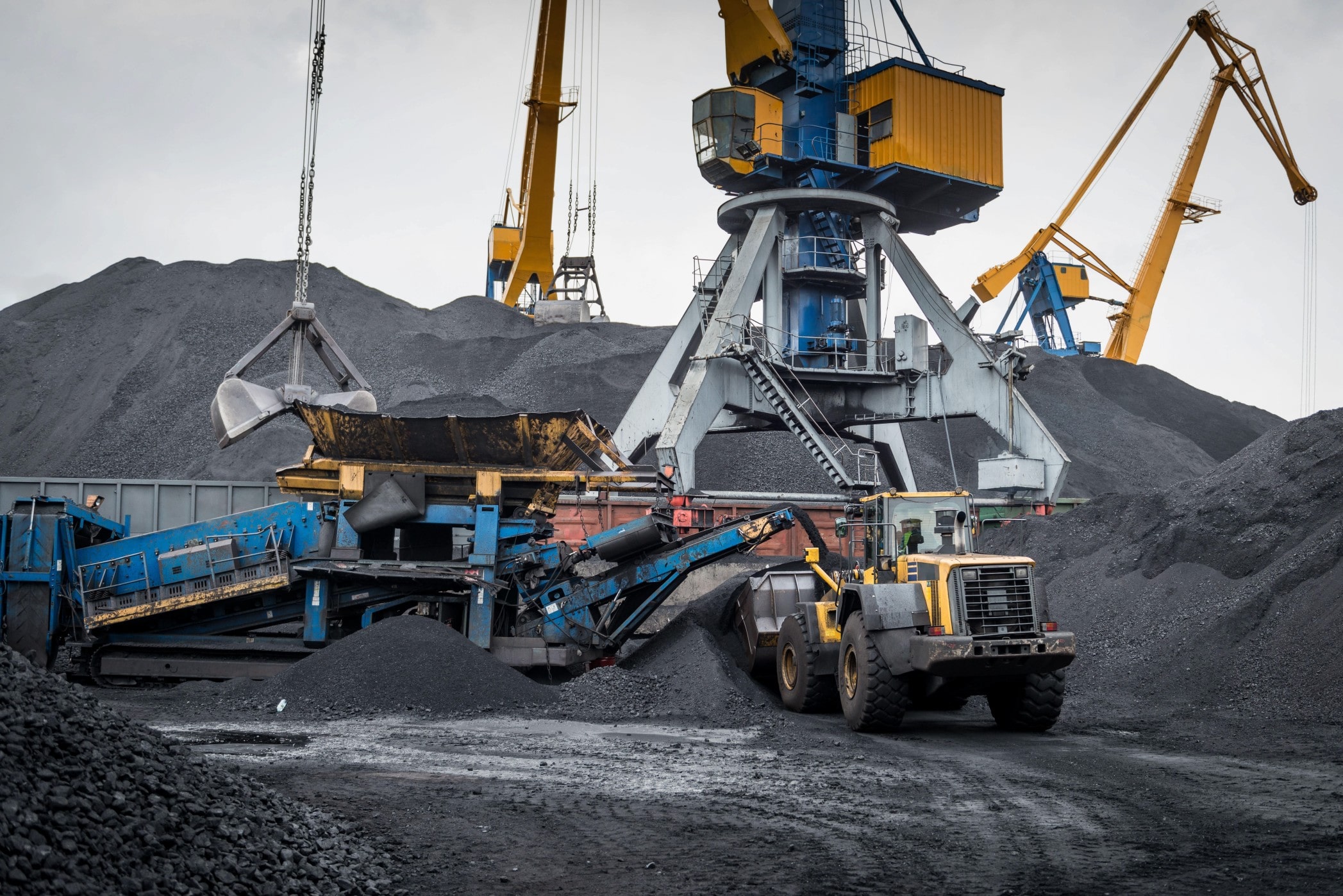Coal is an important energy source used for electricity generation, manufacturing, and other industrial processes. However, coal handling presents a range of challenges, from transportation and storage to processing and disposal. In this blog, we will explore the importance of coal handling, the methods used to handle coal, and the safety measures in place to protect workers and the environment.
Importance of Coal Handling
Coal handling is critical for the safe and efficient transportation, storage, processing, and disposal of coal. Proper handling of coal ensures that it is delivered to the appropriate location and is ready for use when needed. Coal handling also helps to minimize the risks of accidents and incidents, such as fires, explosions, and environmental pollution.
Methods of Coal Handling
There are several methods used to handle coal, including:
- Transportation: Coal is transported by trains, trucks, and ships from the mine to the processing or storage facility.
- Storage: Coal is stored in silos, bunkers, or piles to ensure that it is readily available when needed.
- Processing: Coal is crushed, washed, and screened to remove impurities and prepare it for use in industrial processes or electricity generation.
- Disposal: Coal ash and other waste materials generated during coal processing and combustion are disposed of in landfills or other designated locations.
Safety Measures in Coal Handling
Coal handling poses various safety risks to workers and the environment, including the risk of accidents and incidents, such as fires, explosions, and environmental pollution. To mitigate these risks, various safety measures are in place, including:
- Personal Protective Equipment (PPE): Workers in coal handling facilities are required to wear appropriate PPE, such as hard hats, safety glasses, and respirators, to protect them from hazards.
- Fire Prevention and Suppression: Fire prevention and suppression systems, such as sprinkler systems, fire extinguishers, and fire alarms, are installed in coal handling facilities to prevent and respond to fires.
- Dust Control: Dust control measures, such as ventilation systems, dust suppression sprays, and wetting agents, are used to prevent the accumulation of coal dust, which can pose a fire and explosion hazard.
- Environmental Protection: Coal handling facilities must comply with strict environmental regulations and standards to prevent pollution and protect the environment.
Conclusion
Coal handling is critical for the safe and efficient transportation, storage, processing, and disposal of coal. Proper handling of coal ensures that it is delivered to the appropriate location and is ready for use when needed. By implementing various safety measures, such as PPE, fire prevention and suppression systems, dust control measures, and environmental protection measures, coal handling facilities can minimize the risks of accidents and incidents and protect workers and the environment.

